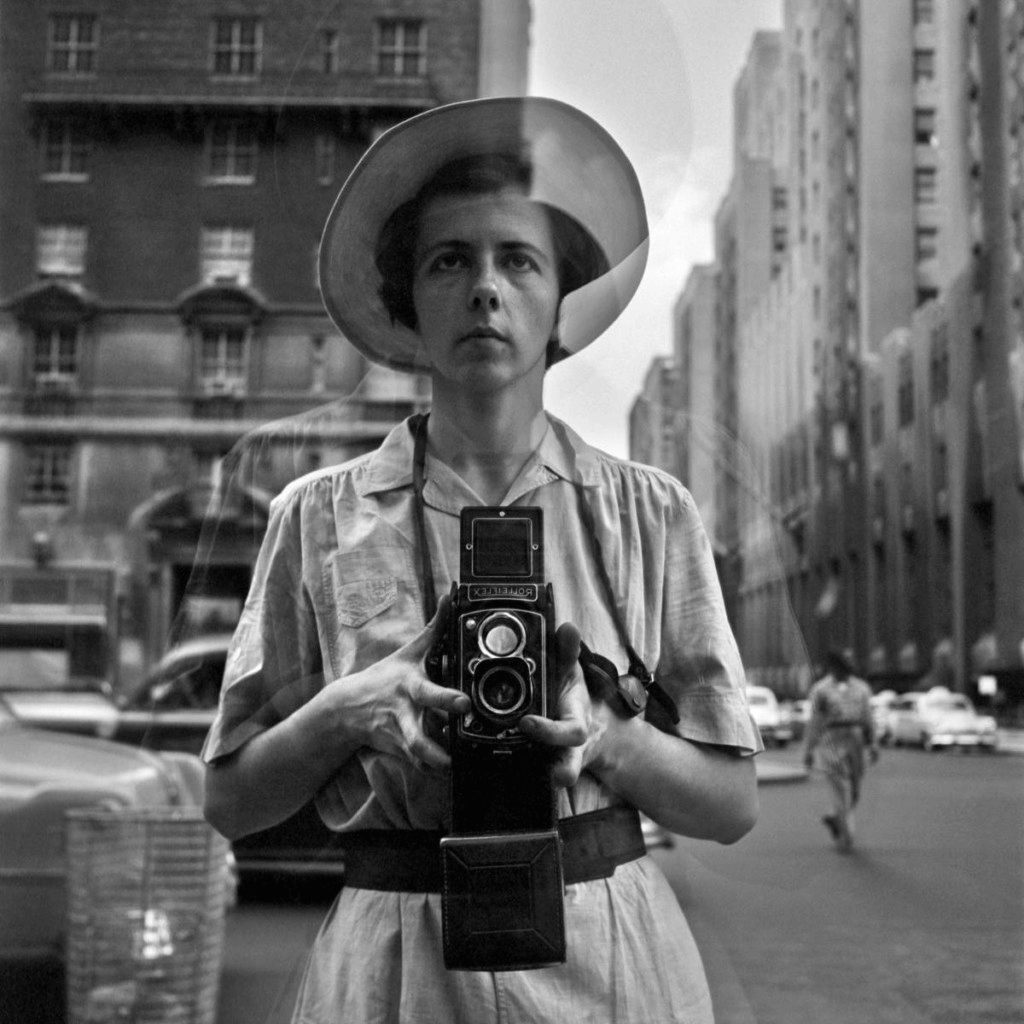Our Framing Streets Diaries
Wiki Article
Little Known Facts About Framing Streets.
Table of Contents8 Easy Facts About Framing Streets ExplainedThe Definitive Guide for Framing StreetsThe Facts About Framing Streets RevealedAn Unbiased View of Framing Streets

Both at the Gallery of Modern Art (Mo, MA). Motivated by Frank, in the 1960s Garry Winogrand, Lee Friedlander and Joel Meyerowitz started photographing on the roads of New York. Phil Coomes, writing for BBC News in 2013, claimed "For those people curious about street photography there are a couple of names that stick out and among those is Garry Winogrand"; doubter Sean O'Hagan, composing in in 2014, stated "In the 1960s and 70s, he specified road digital photography as a perspective as well as a style and it has actually laboured in his darkness ever before considering that, so definitive are his pictures of New York." Going back to the UK in 1965 from the United States where he had actually fulfilled Winogrand and adopted road digital photography, Tony Ray-Jones transformed a wry eye on often surreal groups of British individuals on their holidays or joining celebrations.
Road digital photography is a large category that can be specified in many means, yet it is typically defined by the spontaneous recording of an unrepeatable, short lived minute, commonly of the daily going-ons of complete strangers. It is characteristically fired with bigger angle lenses (e. g. 35mm) and usually features city environments.
Get This Report about Framing Streets
Docudrama photographers generally have a defined, conscious message and an objective to tape-record certain occasions in history (https://experiment.com/users/framingstreets1). The gamut of the docudrama strategy includes facets of journalism, art, education and learning, sociology and background. In social examination, docudrama photos are frequently planned to provoke, or to highlight the need for, societal adjustmentRoad digital photography is normally viewed as unposed and candid, however there are a couple of road photographers who engage with complete strangers on the roads and take their portraits. Road portraits are unplanned portraits taken of strangers while out doing street digital photography, nevertheless they are seen as posed due to the fact that there is interaction with the subject.
Photographing people and places in public is lawful in most nations securing flexibility of expression and journalistic flexibility. There are normally limitations on exactly how images of individuals may be used and most nations have particular laws concerning people's privacy.
Unknown Facts About Framing Streets
The right to privacy is protected by Short article 8 of the convention. In the context of digital photography, it stands up in arms to the Write-up 10 Of freedom of expression. Courts will usually consider the public interest in balancing the legal rights through the legal examination of symmetry. While also limiting photography in order to shield personal privacy rights, street digital photography can still be lawful in France when pursued as an art form under certain situations.
. that simply wandered right into a scene), or that are not even recognizable in the image. https://hub.docker.com/u/framingstreets1. It also does not usually include look at this site individuals that are public figures (e. g - Street photography hashtags. politicians or celebrities). If a photo is thought about art, the courts will likewise consider the photographer's liberty of artistic expression; suggesting that "artistic" street photography can still be legitimately released in particular situations
Framing Streets - Questions
Photographing the authorities and releasing the photographs is likewise lawful.In Hungary, from 15 March 2014 any individual taking photos is technically damaging the legislation if a person wanders right into shot, under a brand-new civil code that disallows taking images without the approval of everyone in the photograph - Best Zoom Lens. This increases the law on authorization to consist of the taking of pictures, along with their magazine
'Surprise photography' (kakushidori hidden, surreptitious digital photography) 'stolen digital photography' (nusumitori with no intention of obtaining authorization) and "rapid digital photography' (hayayori before authorization and rejection can be provided) are restricted unless in the previous approval is obtained from the subject instantly after taking the image. People have rights to their photos (shzken, droit de picture).
Report this wiki page